On September 11, 2001, two planes hijacked by terrorists crashed into the Twin Towers at such high speed that the passengers and thousands of employees vaporised on impact. Within hours, news media around the world began circulating the footage. The footage was terrifying and heartbreaking. Fear gripped society and caused major changes in behaviour. In the months that followed, Americans gave up flying domestically and switched to cars, believing they were safer on the road than in the air.
Can you guess what happened? It is estimated that driving a car is about 750 times more dangerous per mile than flying. Far from eliminating the risk, the year-long aversion to air travel caused the opposite effect. As a result, more than 1,500 more Americans died in traffic accidents the following year – more than half of those who died at the World Trade Centre.
This example illustrates the problem of how people instinctively assess risk. Instead of doing this objectively, we often reason based on our emotions. Fear may be irrational, but it seems to guide our mental faculties.
People make decisions based on what immediately comes to mind. And this is biased towards recently obtained information. The reason certain stories attract more media attention is because they tend to evoke an emotional response in the audience. This is an example of what Nobel Prize-winning psychologist Daniel Kahneman calls the availability bias: a mental shortcut (heuristic) that allows us to make quick decisions. In other words, emotional images tend to influence our decisions more strongly than statistical reality. Rare events are often misinterpreted as trends.
Evidence of this came to light in the summer of 2020 after the death of George Floyd. The image of a white police officer kneeling on a black man’s neck sparked outrage around the world. Motivated by a media-driven moral panic over ‘institutional’ racism, Black Lives Matter activists took to the streets, looted stores, and set fire to cities across the United States.
Consider the data. In 2020, a representative sample of Americans was asked, ‘How many unarmed black men were killed by police in 2019?’ Those who identified as very liberal vastly overestimated the number. More than 50 per cent believe more than 1,000 people have been killed, and 8 per cent believe more than 10,000 have been killed by police. Only 16 per cent got it right. ‘About 10’. The actual number was 13.
If the public were better informed, dozens would still be alive and insurance companies might not have to pay billions of dollars in property damage. But I digress.
So far, I have only applied this concept from social psychology to contemporary examples. This is very important when looking at old, high-profile emotional disasters in the nuclear industry. The most famous are Three Mile Island, Chernobyl and Fukushima. For the record, the first accident resulted in no fatalities and the second was due to the failure of a Soviet-designed reactor. However, for the purpose of this article, I wanted to explore how entertainment correlates with availability bias.
The Days is an eight-part, true-life dramatisation of the 2011 Fukushima Daiichi nuclear explosion and its aftermath. On 11 March, an earthquake hit the east coast of Japan, destroying the electricity supply to the power plant. When the ensuing tsunami flooded the station – a mere ten metres above sea level – the diesel generators were unable to cool the reactors. We follow Yoshida, the plant manager, as he faces up to a distinctly terrifying proposition: get the power back on and cool the reactors or face meltdown. It’s a drama by numbers: this gauge must not go over 600 kilopascals, that device mustn’t drop below 125 volts, and it will explode if the temperature hits this level.
In a monologue reminiscent of Polonius’ speech to Laertes, Yoshida speaks strongly against mankind’s insatiable desire for growth and relentless destruction of the environment, asking with a rhetorical flourish, ‘Did we do this?’
You may understand why Japan is afraid of nuclear power. Hiroshima, Nagasaki, and the apocalyptic aftermath depicted in Godzilla’s cultural heritage. But the question arises: Fukushima was not designed to withstand a tsunami. So why was it built so low and so close to the sea?
Still, when you talk to hippies about nuclear power, they conjure up scary images like the face-melting scene in Raiders of the Lost Ark. Again, there is a misunderstanding between perception and reality. In terms of deaths per terawatt hour, coal causes 25 deaths, oil causes 18, and natural gas causes 3. Nuclear? That would be 0.07 deaths. It’s not only the safest but also the cleanest source of energy. Three tonnes of greenhouse gases are emitted per gigawatt-hour, compared to 820 for coal, 720 for oil, and 490 tonnes for natural gas. Even highly vaunted renewables such as wind and solar generate more emissions than nuclear power.
For decades, environmental activists have used these highly emotional events to campaign against nuclear power. This provides a plausible explanation for why nuclear energy accounts for only 10 per cent of the world’s energy supply.
This is why Australia needs to focus on nuclear energy. Lucas Heights, the country’s only ‘non-nuclear’ nuclear facility, is located 30 kilometres southwest of Sydney and produces medical radioisotopes for cancer imaging. In fact, Australia is the only G20 country to have federal legislation banning nuclear power, despite having about one-third of the world’s uranium reserves. Australia has exported enough uranium to power 75 per cent of its domestic electricity market with zero-carbon nuclear power in 2021.
Former prime ministers John Howard and Tony Abbott are both advocates for nuclear, but Mr Albanese has not backed down after calling plans to lift the ban as ‘fantasy’.
The Labor leader has turned his back on nuclear the way Americans turned their backs on flying. Albanese should check his prejudice. Or should that be his bias?
Got something to add? Join the discussion and comment below.
Get 10 issues for just $10
Subscribe to The Spectator Australia today for the next 10 magazine issues, plus full online access, for just $10.
You might disagree with half of it, but you’ll enjoy reading all of it. Try your first month for free, then just $2 a week for the remainder of your first year.

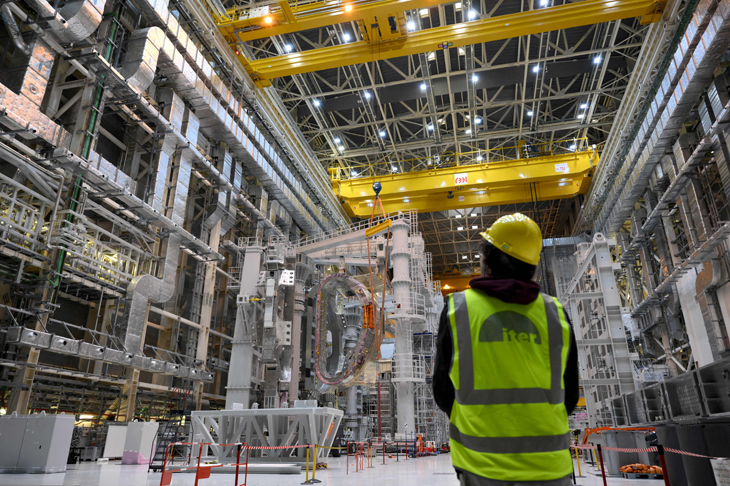
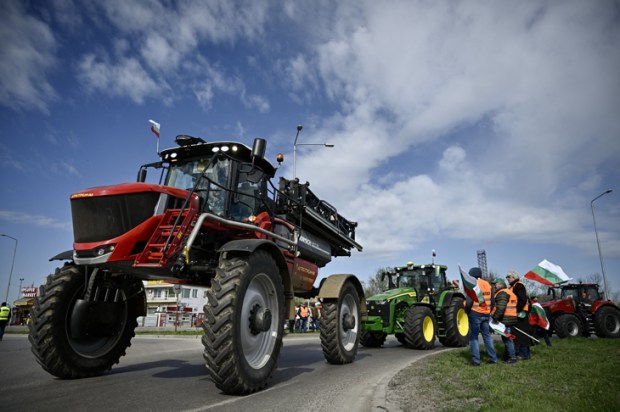
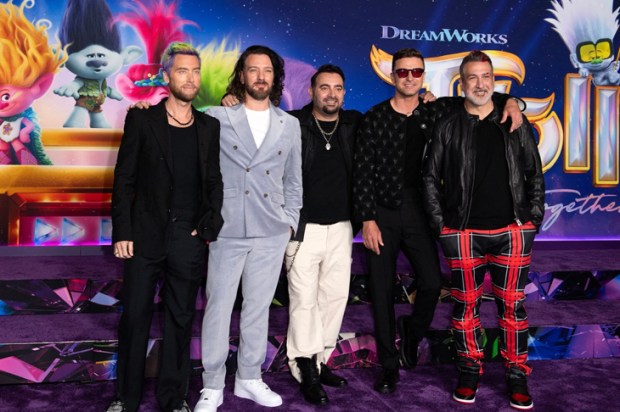
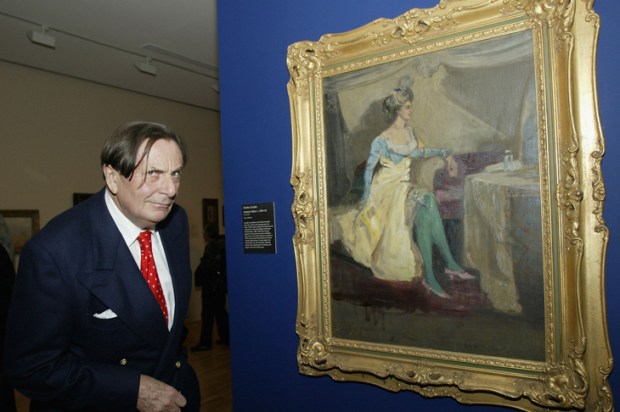


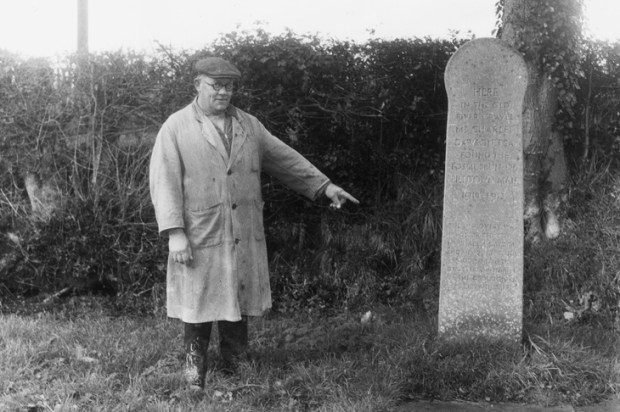






Comments
Don't miss out
Join the conversation with other Spectator Australia readers. Subscribe to leave a comment.
SUBSCRIBEAlready a subscriber? Log in